The 1946 Willys Jeep Station Wagon was more than just a car—it was a revolution in automotive design. As the first all-steel station wagon built for civilian use, it marked a turning point in post-war America, blending rugged utility with family-friendly practicality. Today, it stands as a timeless reminder that innovation and simplicity can create enduring legends.
🌟 Birth of a Classic
Introduced in 1946 by Willys-Overland Motors, the Jeep Station Wagon was designed by industrial stylist Brooks Stevens. At a time when most wagons were made of wood, the Willys stood out as the first all-steel station wagon, offering durability, safety, and easier maintenance.
James D. Mooney, then president of Willys-Overland, described it as a “people’s car,” emphasizing its accessibility and versatility. With seating for up to seven passengers, it was ideal for families, businesses, and adventurers alike.
⚡ Engineering and Performance
The early models were powered by the Go-Devil flathead four-cylinder engine, already proven in wartime Jeeps. This reliable engine gave the wagon enough strength to handle both urban roads and rural trails.
By 1949, Willys introduced a four-wheel-drive version, making the Station Wagon one of the first SUVs in spirit. This innovation allowed drivers to tackle mud, snow, and rough terrain with confidence.
Key specifications included:
- Wheelbase: 104 inches
- Length: 176 inches
- Curb weight: Around 3,200 lbs
- Body styles: 2-door or 4-door station wagon, plus panel truck variants
🛋️ Design and Utility
The Jeep Station Wagon was practical yet stylish. Its boxy shape maximized interior space, while the steel body eliminated the constant upkeep required by wood-bodied wagons. The flat sides and simple lines made it easy to repair and customize.
Inside, the wagon offered seven-passenger seating, foldable rear benches, and ample cargo space. It was equally suited for family trips, farm work, or small business deliveries. This versatility helped it gain popularity across America and beyond.
🌍 Global Reach
The Willys Jeep Station Wagon wasn’t just an American success—it became a global phenomenon. Production continued in the U.S. until 1964, but licensed versions were built in Argentina (IKA Estanciera) and Brazil (Ford Rural Willys) well into the 1970s.
Its adaptability made it a favorite in diverse markets, from South America to Europe, where ruggedness and practicality were prized.
📉 Legacy and Successor
Between 1946 and 1965, over 388,000 units were produced. The Station Wagon paved the way for future Jeep models, eventually giving rise to the Jeep Wagoneer, which carried forward the SUV legacy.
Though simple by today’s standards, the Willys Jeep Station Wagon was a pioneer. It combined passenger comfort with off-road capability, laying the foundation for the modern SUV segment.
📝 Final Thoughts
The 1946 Willys Jeep Station Wagon embodies the phrase old is gold. Its all-steel construction, versatile design, and pioneering spirit made it a landmark in automotive history. More than a vehicle, it was a cultural icon—bridging the gap between wartime utility and peacetime family life.
Today, collectors and enthusiasts cherish the Willys Station Wagon not just for its rarity, but for what it represents: innovation, resilience, and timeless design. In many ways, it was the SUV before SUVs existed, proving that true classics never fade—they only grow more valuable with time.
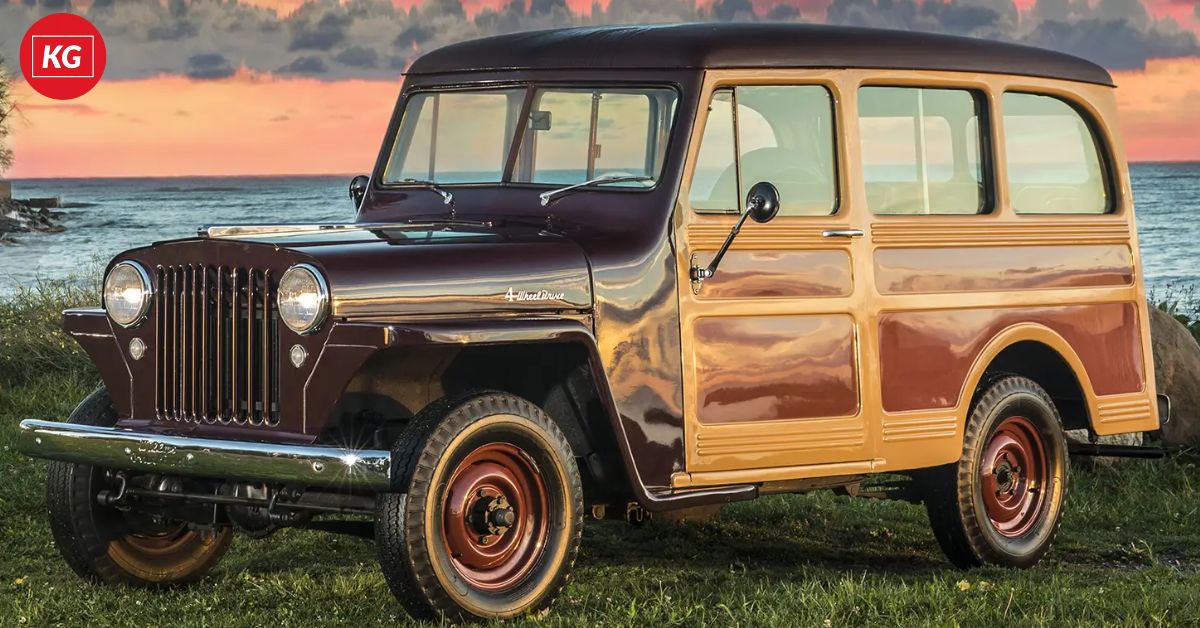
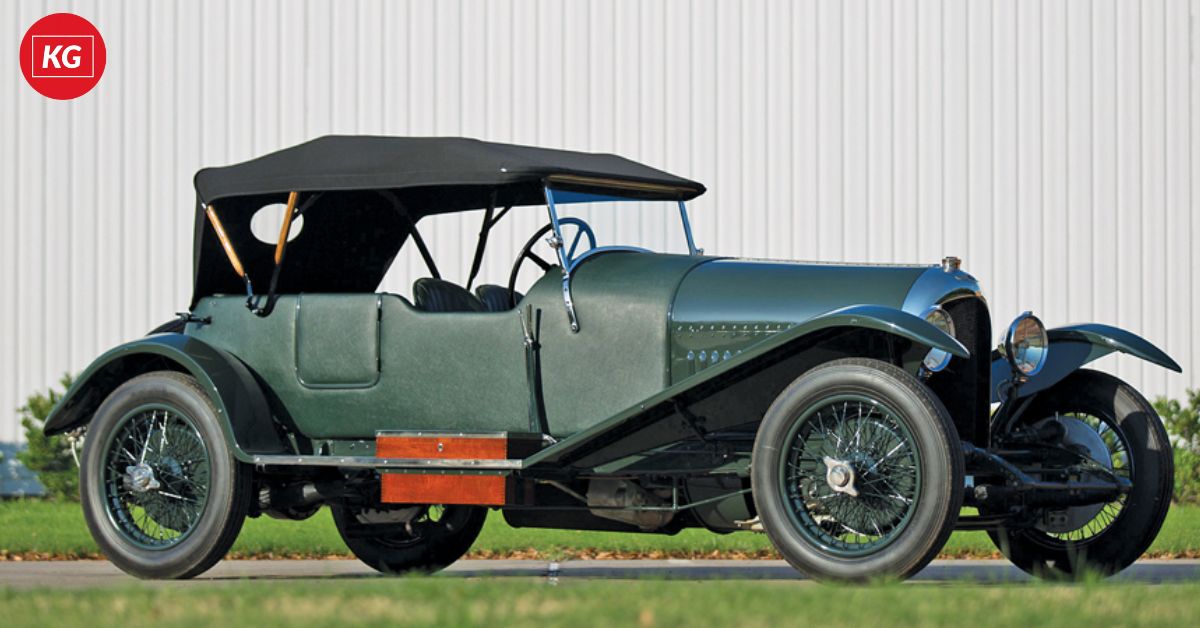

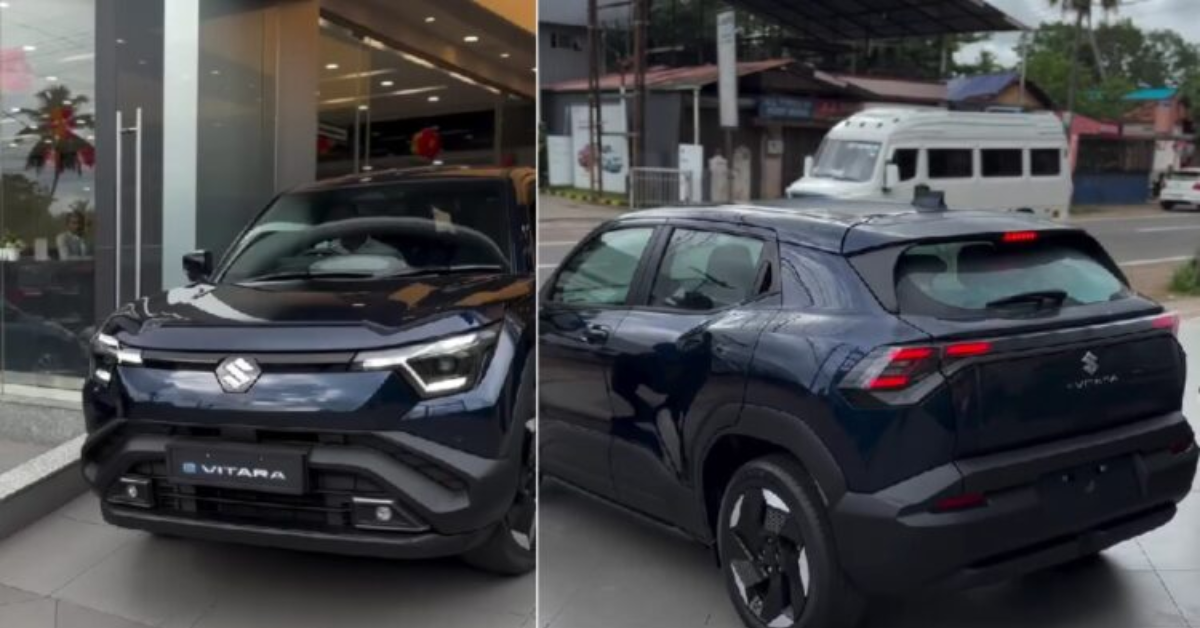

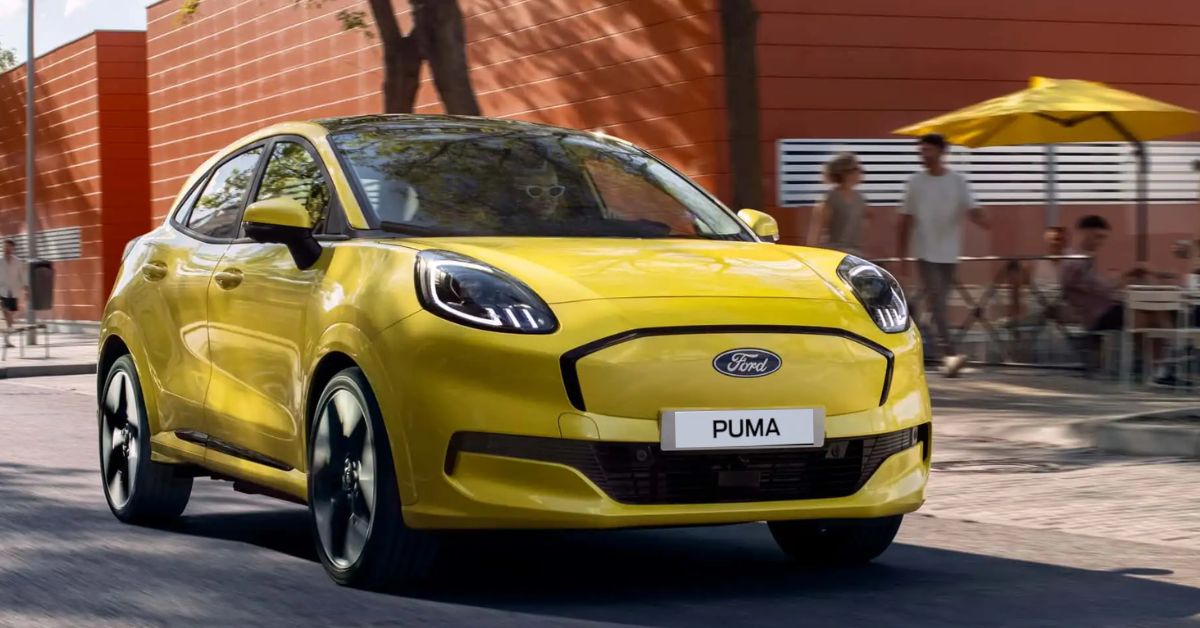




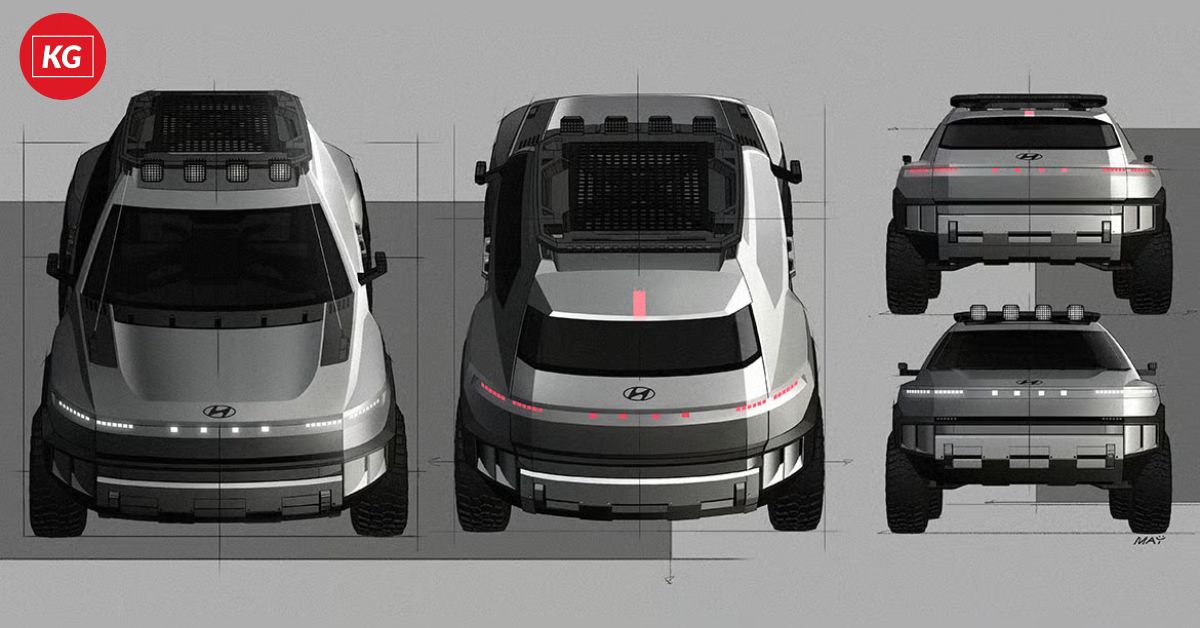
Leave a Reply